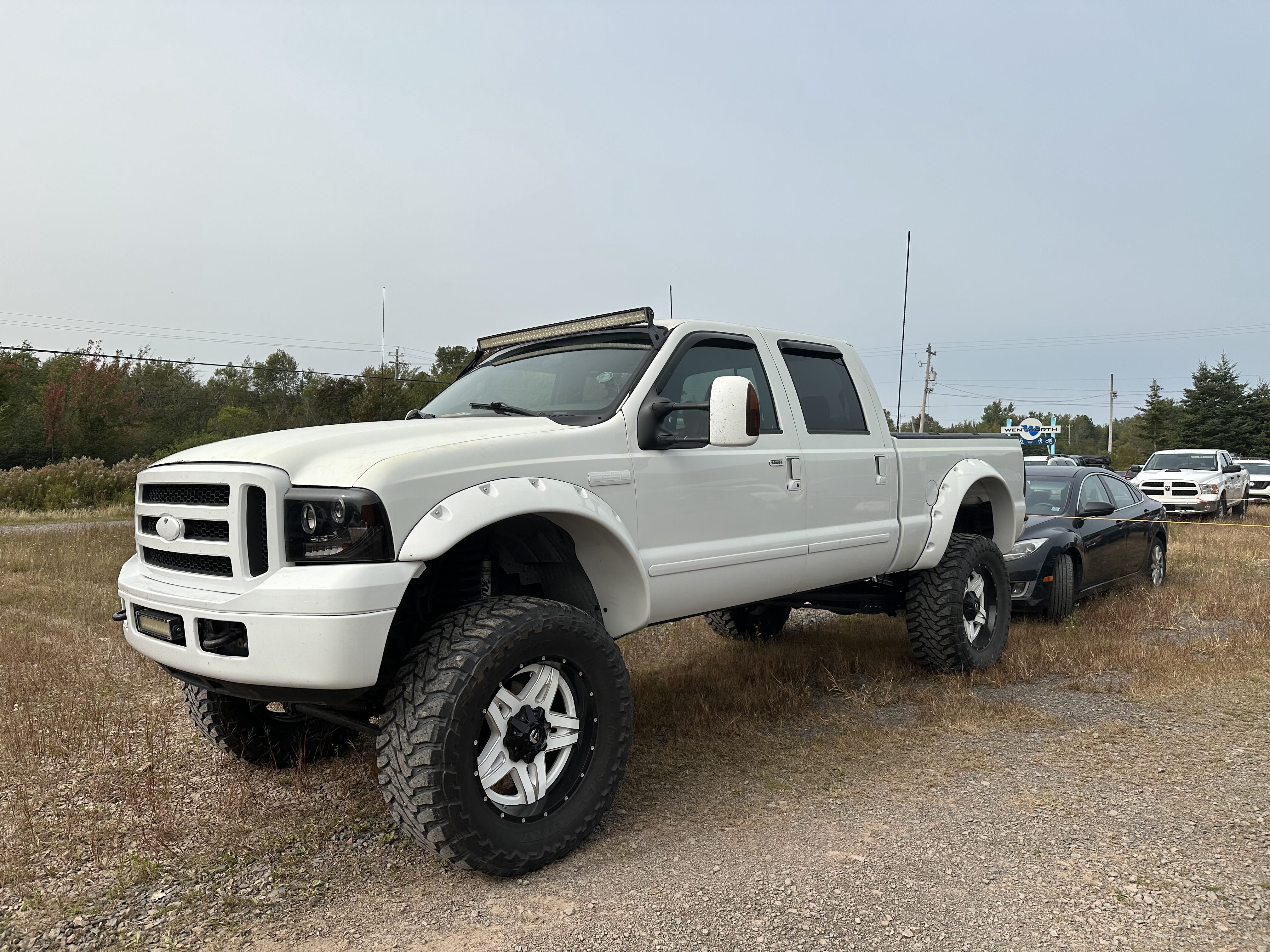This article was originally published by the Halifax Examiner on October 24, 2024. It is the first of a three-part series. Part 2 is available here, and part 3 here.
Why this series
Just after the turn of the millennium, in 2002, American journalist Keith Bradsher wrote a book called High and Mighty. SUVs: the most dangerous vehicles and how they got that way.
The book begins: “Sport utility vehicles have taken over America’s roads during the last decade, and are on their way to taking over the world’s roads. The four-wheel-drive vehicles offer a romantic vision of outdoor adventure to deskbound baby boomers.”
Bradsher continues:
Yet the proliferation of SUVs has created huge problems. Their safe image is an illusion. They roll over too easily, killing and injuring occupants at an alarming rate, and they are dangerous to other road users, inflicting catastrophic damage to cars that they hit and posing a lethal threat to pedestrians. Their “green” image is also a mirage, because they contribute far more to smog and global warming … The success of SUVs comes partly from extremely cynical design and marketing decisions by automakers and poorly drafted government regulations. The manufacturers’ market researchers have decided that millions of baby boomers want an adventurous image and care almost nothing about putting others at risk to achieve it, so they have told auto engineers to design vehicles accordingly. The result has been unusually tall, menacing vehicles like the Dodge Durango, with its grille resembling a jungle cat’s teeth and its flared fenders that look like bulging muscles in a savage jaw…
Cadillac, a division of General Motors, rushed the Escalade onto the market in 1998, a little over a year after the Lincoln Navigator went on sale and was an instant hit. To make the Escalade, GM essentially put lots of chrome and optional equipment on a GMC Yukon Tahoe SUV. The Tahoe, in turn, uses the underbody and a lot of other parts from the full-size Chevrolet Silverado pickup truck. So Cadillac was essentially taking a [US]$20,000 work truck, tricking it up with lots of chrome, leather seats, and a fancy stereo, and selling it for close to [US]$50,000. This is how automakers have earned enormous profits on full-sized SUVs.
That was 22 years ago.
Since then, everything Bradsher predicted has occurred, possibly even exceeding his gloomy forecast. The vehicles have grown much bigger and even more menacing, and far more numerous, marketed to more and younger demographics. Compared with the front ends of today’s pickups, the grille of the Dodge Durango of yesteryear looks as harmless as a kitten’s nose. In 2024, the best-selling vehicles in the U.S. were the Ford F-series, the Chevy Silverado, and the Ram pickup trucks, with some starting at over $100,000.
In 2023, for every regular passenger car sold in Canada, six trucks — primarily larger pickups, SUVs, and vans — were sold. The same is true in Nova Scotia.
Across North America, road safety and environmental groups have been blowing the whistle on this vehicle bloat for years, and numerous studies show that big vehicles threaten lives and living environments. Even The Economist recently ran a front-page story about big cars and pickups killing Americans. But so far in Canada, regulators don’t seem to be listening.
This series of three articles looks at what is driving the trend for ever bigger and higher pickups and SUVs, and the many reasons this is bad for people, roads, cities, the environment, and the climate. We start by looking at the risks these oversize vehicles pose to other road users.


